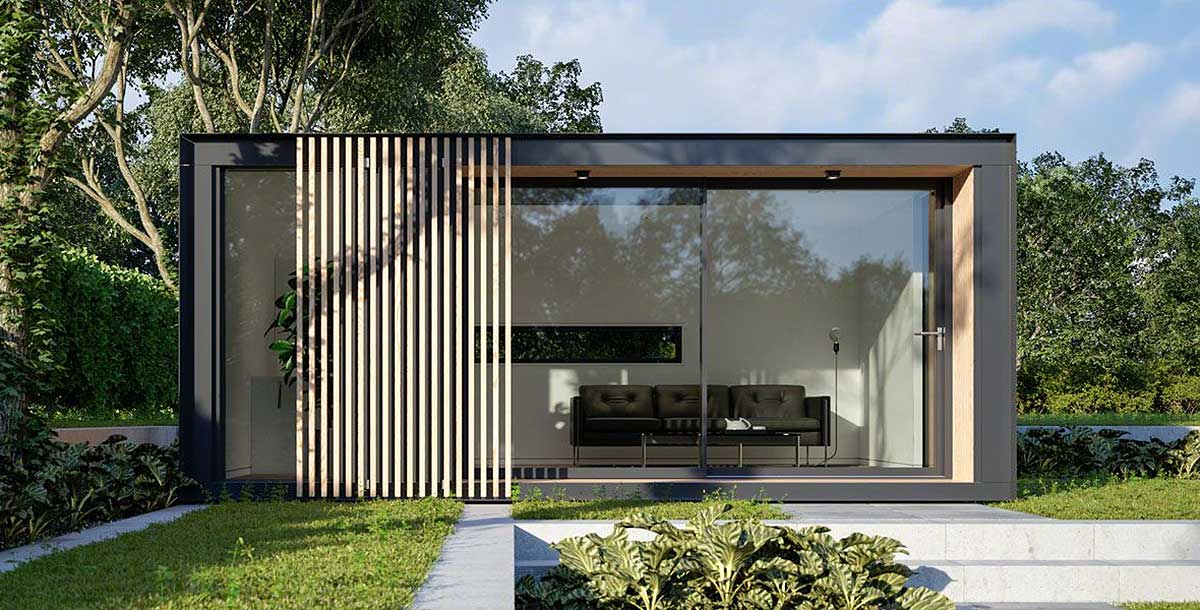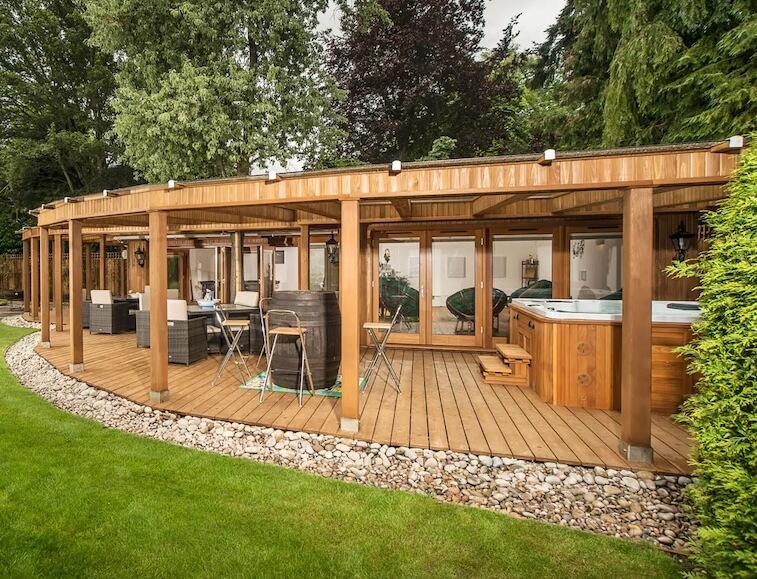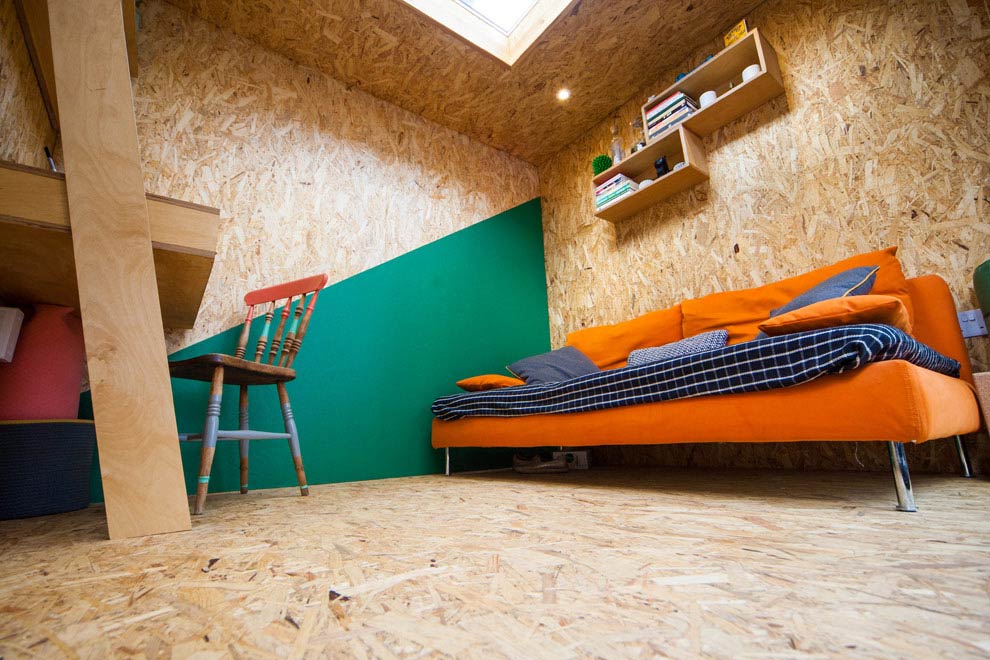Handy Tips On Planning Permission On Garden Offices
Wiki Article
What Planning Permissions Is Required For Gardens, Etc. In Terms Of Conservation Areas?
Certain restrictions are required when building conservatories gardens, outhouses, garden rooms or garden offices in conservation areas. These restrictions are designed to maintain the appearance and character of the designated areas. Planning permission for conservation areas is governed by the following considerations:
Planning permission might be required for any extension or building that would fall under the permitted development rights in a conservation area. This applies to gardens, sheds, and outbuildings.
Size and Scale:
The authority for planning may need permission for constructions of any scale if the dimensions are deemed to be detrimental to the conservation zone. In designated areas, there are greater limitations on the size and shape of new structures or extensions.
The Location of the Property:
Planning permission is usually required for extensions and buildings situated on the front or sides of the property. Rear structures might also require permission if the structures are visible from public spaces or if they impact the general style of the neighborhood.
Materials and design:
In conservation areas, the choice of design and materials is crucial. The choice of materials for a extension or building has to be in line with the architectural or historical importance of the location. These criteria will require approval for planning.
Demolition:
In conservation zones, the demolishment of existing buildings and parts of buildings (including outbuildings, boundary walls, etc.) typically requires approval for planning to ensure that the proposed changes are in line with the nature of the region.
Height Restrictions:
Height restrictions are stricter in conservation zones. Any structure that exceeds 2.5 meters in height (especially within 2 meters of the boundary) will likely require planning permission.
The Effects on the Surrounding Environment:
Planning permission could be needed in the event that a proposed structure, extension or change in the setting or visual appeal of the conservation area could affect negatively the appearance of the area and its surroundings.
Building use:
Even if the garden room or outbuilding is permitted within size limits, its intended usage (e.g., as a home office, studio or other living space) might necessitate approval for planning due to possible changes in the property's use.
These are extensions and modifications:
Planning permission is typically required for extensions that exceed specified volume or size limits or which alter the external appearance. This applies to conservatories as well in other significant changes.
Curtilage Structures:
A conservation area requires approval for planning any structure in the curtilage. This includes any expansions, new outbuildings or alterations.
Trees that are protected:
Trees are protected in conservation areas. If you intend to build a structure on trees additional permits, such as tree works consent and planning permissions, might be required.
Local Authority Guidelines
Local planning authorities will set rules and regulations specific to each conservation area. These criteria can be tailored to meet the specific nature and character of each region.
Planning permission for conservation areas will require a review of whether the proposed gardenroom outhouse, conservatory, outhouse, or garden office could have an affect the architectural and historic characteristics of the conservation area. To ensure that the project meets all relevant laws, it is essential to speak with local authorities before beginning the design process. View the most popular garden room watford for website tips including what size garden room without planning permission uk, out house for garden, garden room planning permission, outhouse uk, myouthouse, outhouse builders, what size garden room without planning permission, garden rooms in St Albans, costco outbuildings, garden rooms near me and more.

What Planning Permissions Are Required For Gardens, Rooms, Etc. In Terms Of Limits On Height?
In the case of building conservatories, garden rooms, outhouses, garden offices, or extensions, certain limitations on height will determine if planning permission is needed. These are the main factors to be aware of: General Height Limits:
The maximum height shouldn't exceed 4 meters for an outbuilding or an addition with a double-pitched roof.
The maximum height for any type of roof (flat, single pitched, etc.) must not exceed 3 meters. The maximum height of any other kind of roof (flat, single-pitched, etc.) should not be greater than 3 meters.
The closeness of boundaries:
The maximum height is 2.5 meters when the structure is within 2 metres of the property boundary. This is also applicable to similar outbuildings, such as sheds, garden rooms or similar structures.
Eaves Height:
The maximum height of eaves (the height between the lowest part of the roof and the eaves) must not exceed 2.5 meters for any structure.
Conservatories and extensions
For a single-story rear extension the height must not exceed 4 meters. The roof's height and any parapet walls are included.
Side Extensions:
Extensions to the sides must not be higher than 4 meters and not larger than 50% of the original size of the home.
Special Roofs
The roofs of structures with a flat top are typically restricted to a height that is not more than 3 meters.
Additional restrictions on certain areas
In areas of Outstanding Natural Beauty conservation areas, as well as other zones that are designated, there may be more stringent height restrictions and approval for planning required for structures that normally fall within permitted development rights.
Buildings within National Parks:
National Parks are subject to limits on height, which are similar to areas designated.
Roof Design
Consider the size (excluding antennas, chimneys, etc.). It is important to consider the height of the top portion of the roof (excluding chimneys, antennas, etc.). Planning permission is required if the height of the building is greater than the development limit that is permitted.
The effect on neighbors:
Planning permits are required, even if the building is not over the limit of height. This could be required if there are significant impacts on privacy, sunlight or views of neighbouring properties.
Maximum Height All-Over:
The total height of a structure should not exceed 4 meters. For example, an office in the garden with an eaves-pitched roof must not exceed 4 meters at its highest point.
Decking or Platforms
The decking and platforms that are that are attached to the structure should not elevate the level of the ground by more than 0.3 millimeters to not require planning permission.
It's always advisable to check with your local planning authority to inquire about specific rules and any recent changes to regulations. Even if you think your project falls within generally permitted development however, there could be local differences which require planning approval. Have a look at the top rated garden room vs conservatory for website info including what size garden room without planning permission uk, out house, composite garden rooms, what size garden room without planning permission uk, outhouse for garden, costco garden office, costco garden room, garden room permitted development, ground screws vs concrete, garden room permitted development and more.

In Terms Of Location Restrictions, What Kind Of Planning Permit Are You Required To Build Gardens?
The position of garden rooms, or conservatories, as well as outhouses, office buildings and even garden offices can be a major factor in determining if planning permission is needed. These are the most important factors to be considered when determining the location The proximity of boundaries
A building that is less than 2 meters from the property's boundary is not allowed to be more than 2.5 meters high. If this height is exceeded then planning permission must be obtained.
Front of the Property
Extensions or structures that are constructed in front of the main elevation of a home (the face-facing side) usually require permission for planning. This is due to the fact that permitted development rights generally do not permit them.
Right-hand side of the property:
If the extension extends further than the wall, it will often need permission to plan.
Back of the Property
There are height and size limits on rear extension extensions. If they exceed the permitted limits for development, planning permission will need to be sought out.
Designated Areas
In National Parks, World Heritage Sites and Areas of Outstanding Natural Beauty there are more stringent regulations. Planning permits may be required for any new structure regardless of how big.
List Buildings
Properties that are listed as a building is subject to strict rules. Any construction, modification or expansion will generally require approval for planning and a listed building permit regardless of where it is located on the property.
Green Belt Land:
The green belt is protected through strict rules on building to maintain open space. Special permissions are often required for new constructions or major alteration.
Flood-prone Zones
In the event that the property is in an area that is at risk of flooding it is necessary to follow additional regulations to ensure that the new construction doesn't increase the risk. It may be necessary to get planning permission or a flood analysis.
Urban vs. Rural settings:
Urban areas usually have different rules from rural ones. Rural homes, for instance might have more relaxed restrictions regarding the positioning and size of outbuildings. But, this may vary widely.
Highways and Public Rights of Way
If the building is located near roads, highways, or public right-of-ways, the approval of the planner may be needed in order to keep obstruction to views, safety or access.
Shared ownership or leasehold land:
For properties that are leasehold or are part of a shared ownership plan further approvals from the freeholder or managing entity may be required. Planning permissions may still be required based on local regulations.
Nearby to Other Structures:
If the structure being built is to be built adjacent to structures or buildings that are located near neighboring properties, planning permission could be required to ensure there is no negative impact on neighboring buildings or land.
Contact your local planning authority to get advice tailored to the location and circumstances of your home. Local laws can have a significant impact on regulations. It is essential to adhere to all restrictions to avoid legal issues or fines. View the top rated conservatory garden room for more info including Tring garden rooms, small garden office, outhouses, best electric heater for cabin, armoured cable for garden room, outhouse for garden, Tring garden rooms, do i need planning permission for a garden room with toilet, small garden office, garden room planning permission and more.
